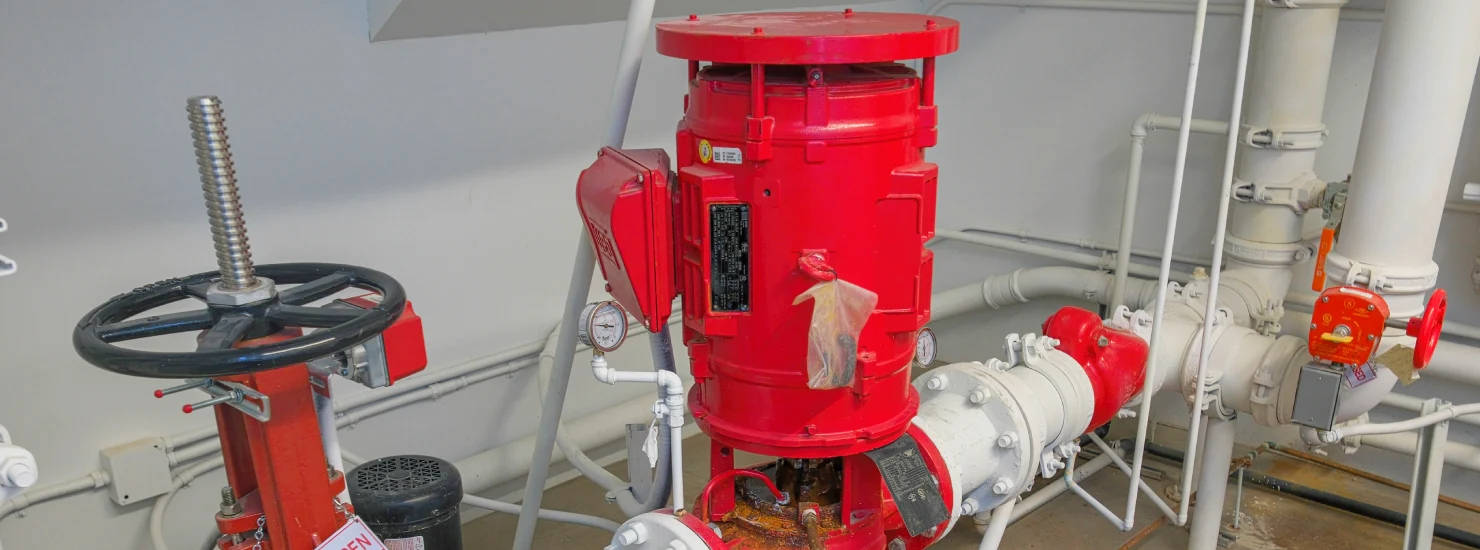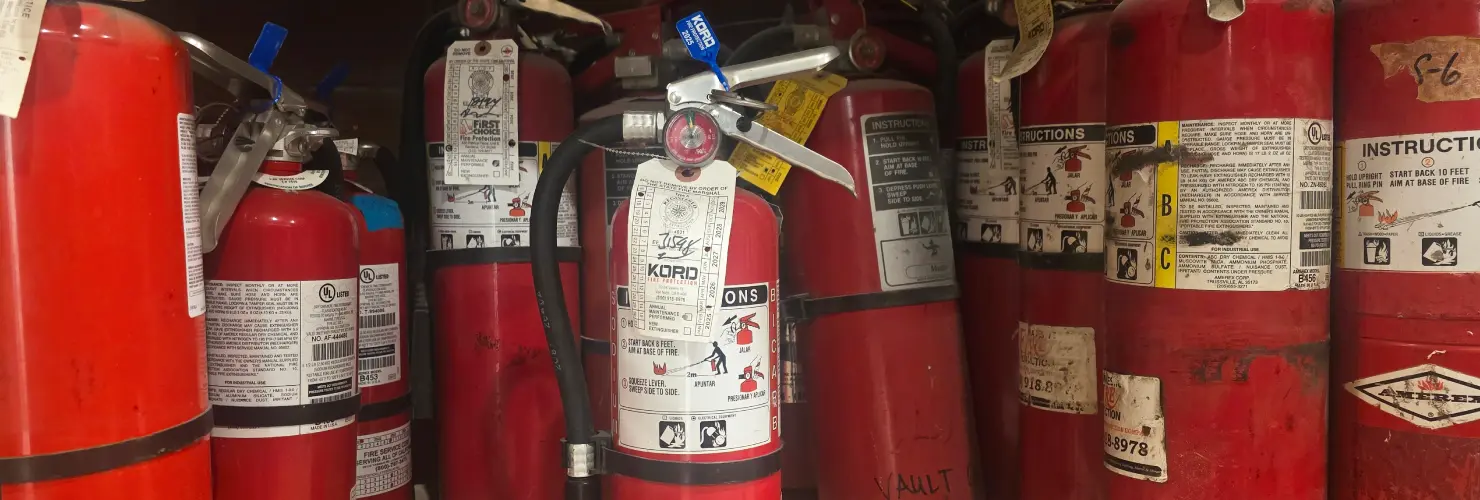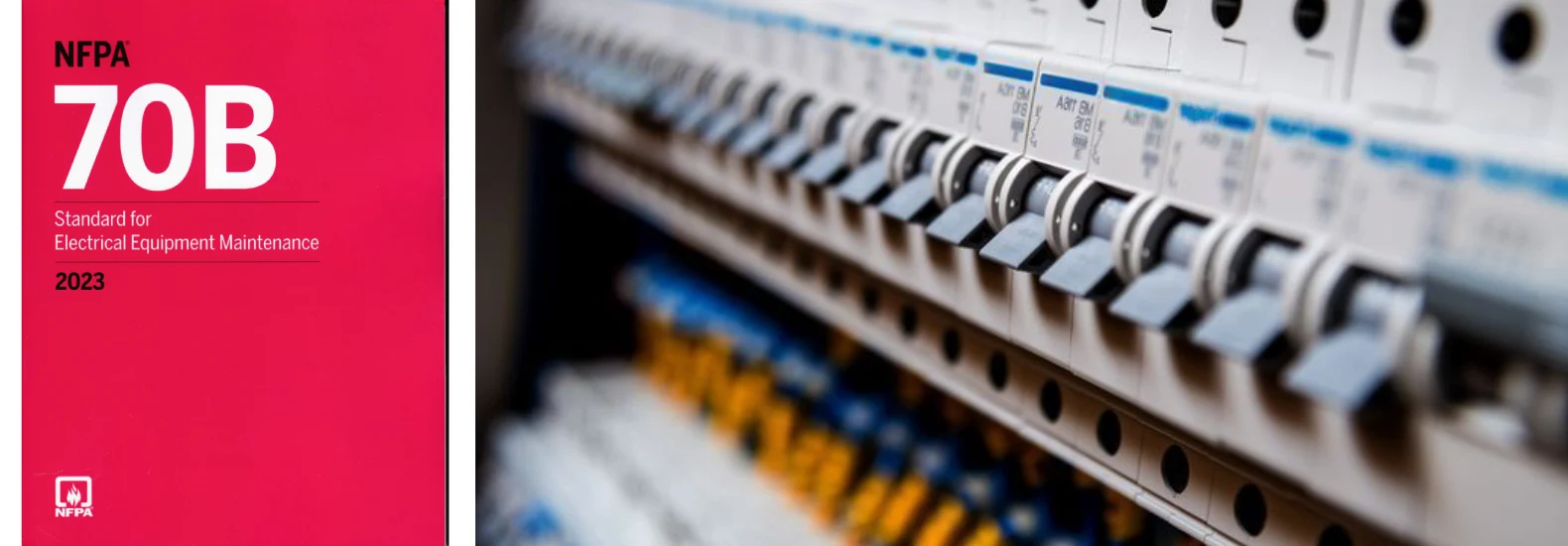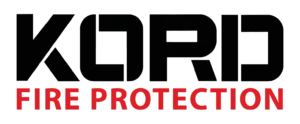-


How NFPA 20 Regulates Fire Pump Systems: A Comprehensive Overview
Read more: How NFPA 20 Regulates Fire Pump Systems: A Comprehensive OverviewIntroduction Fire pump systems form the backbone of reliable water-based fire protection. Whether installed in high-rise buildings, industrial plants, or commercial complexes, these pumps ensure that sprinkler and standpipe systems receive…
-


Jockey Pump Requirements: Complete Guide to Pressure Maintenance
Read more: Jockey Pump Requirements: Complete Guide to Pressure MaintenanceWhy Jockey Pump Requirements Matter Understanding jockey pump requirements is crucial for compliance with NFPA 20. Its the standard for Stationary Fire Pumps for Fire Protection, and for ensuring reliable performance…
-


Why Customizing Sprinkler Systems Is Crucial for Safety
Read more: Why Customizing Sprinkler Systems Is Crucial for SafetyIntroduction When it comes to fire protection, one size does not fit all. Each building is unique, with distinct layouts, materials, occupancy patterns, and hazards. A standard sprinkler system may provide…
-


Fire Extinguisher Walk-Ins in Los Angeles & Southern California: Everything You Need to Know
Read more: Fire Extinguisher Walk-Ins in Los Angeles & Southern California: Everything You Need to KnowIntroduction Fire extinguisher walk-ins are one of the most convenient ways to keep your workplace, property, or facility safe and code-compliant. Whether you operate a business in downtown Los Angeles or…
-


The FM-200 Phase-Out Explained and How It Impacts Your Fire Suppression System
Read more: The FM-200 Phase-Out Explained and How It Impacts Your Fire Suppression SystemIntroduction The fire-suppression agent known as HFC‑227ea (commonly branded as FM‑200) has been a mainstay for protecting high-value, high-technology facilities for decades. As the landscape of environmental regulation shifts, however, many…
-


Can a Fire Pump Flood a Building?
Read more: Can a Fire Pump Flood a Building?How can fire pump malfunction cause flooding? Fire pumps are critical components of modern fire protection systems, designed to provide consistent water flow during emergencies. However, many building owners and facility…
-


How often does a fire extinguisher need to be serviced
Read more: How often does a fire extinguisher need to be servicedFire extinguishers are among the most essential safety tools in any building, yet they are often overlooked until an emergency strikes. Knowing how often does a fire extinguisher need to be…
-


NFPA 70E Safety Protocols: How to Protect Workers from Electrical Hazards Effectively
Read more: NFPA 70E Safety Protocols: How to Protect Workers from Electrical Hazards EffectivelyIntroduction Every year, thousands of workers suffer serious injuries or worse, from electrical hazards on the job. These hazards are often preventable, especially when proper safety protocols are in place. That’s…
-


NFPA 70B: Electrical Equipment Maintenance Overview
Read more: NFPA 70B: Electrical Equipment Maintenance OverviewIntroduction to NFPA 70B In the world of electrical safety, standards aren’t just recommendations: they’re vital protocols that safeguard lives, property, and productivity. One of the most important but often overlooked…
-


NFPA 70: All About The National Electrical Code (NEC)
Read more: NFPA 70: All About The National Electrical Code (NEC)Why Is NFPA 70 Important? NFPA 70 is not just a technical manual—it’s a life-saving document. Electrical malfunctions are one of the leading causes of fires in homes and businesses. Following…
- Services
- Info
- Get a QuoteBtn
- Contact Us
Contact Us
- Social Link Section
- Location
-
Mailing
PO Box 57019
Sherman Oaks, CA, 91413Main Office
3729 Cahuenga Blvd
Studio City, CA, 91604Palm Desert Office
77530 Enfield, Bldg. C
Palm Desert, CA, 92211
-
- Payment
- Blog

